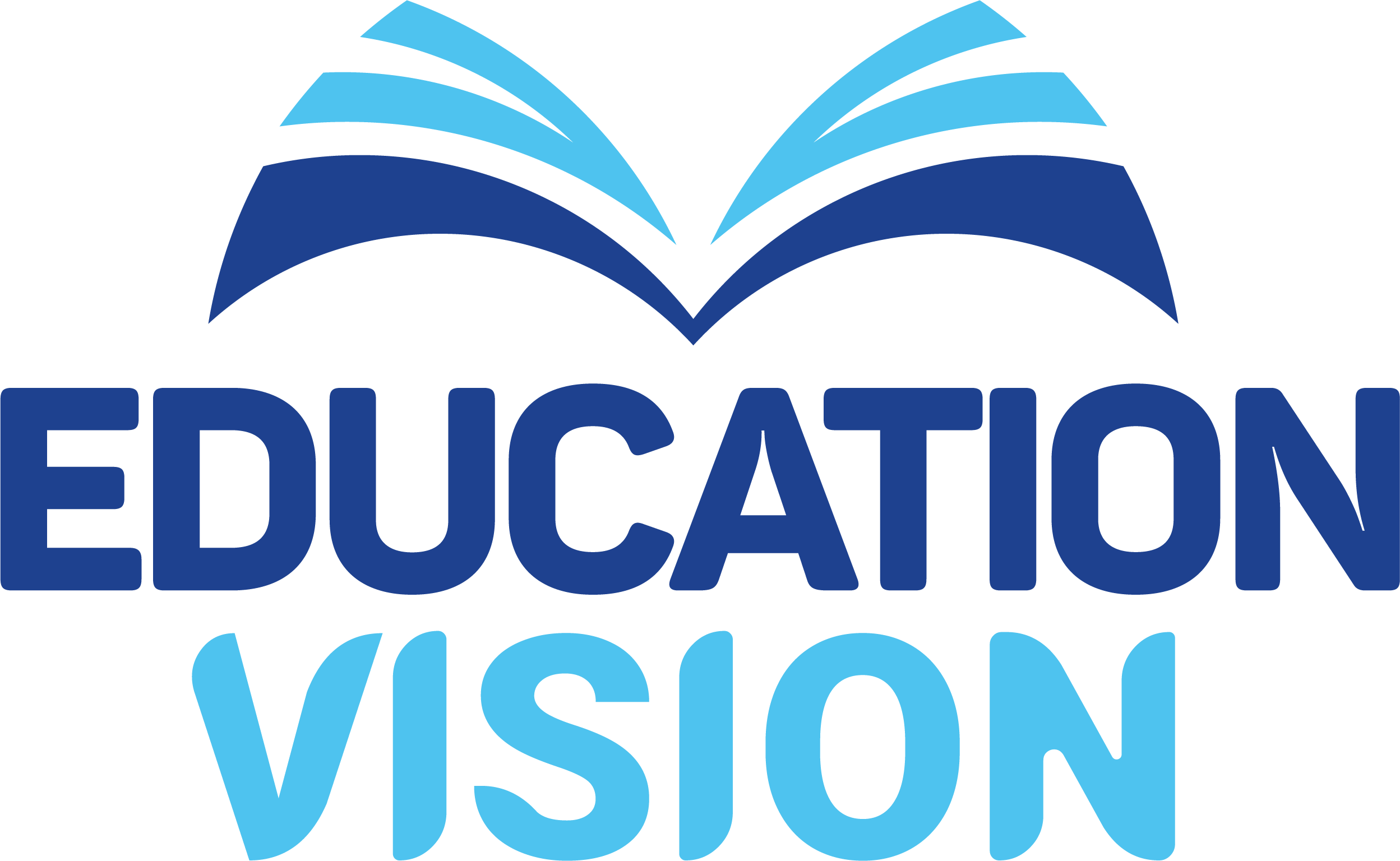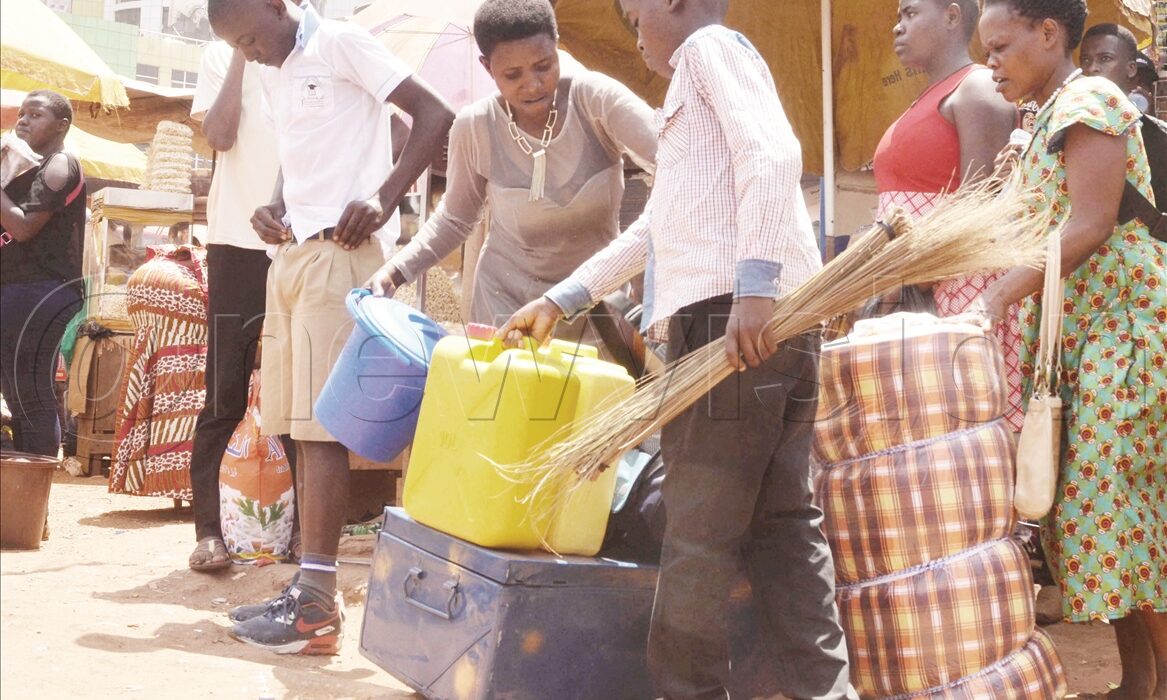(This article was first published in the New Vision on July 21, 2021)
By Conan Busingye
Even as the country remains under a lockdown due to the COVID-19 pandemic, parents have already started scouting for schools on phone and online.
Some of private schools, which are not part of the Joint Admission Board, have already opened their admission processes through online systems.
To help parents choose the best schools academically, not forgetting other factors which need to be put into consideration when choosing a school for your child’s secondary education; as Mwalimu showed last week. Here are the best O’level schools, at least as of the time the country went into the first COVID-19 lockdown.
However, the First Lady and education minister, Mrs Janet Museveni, while releasing the results, said: “The selection dates for pupils who are joining Senior One and other institutions will be announced later, but not anytime earlier than the end of the lockdown announcement.” This means parents with pupils who sat Primary Seven will have to wait a bit longer, before they know the fate of their students’ admissions to the next level of learning.
To ensure that the child meets the set entry points of a given school, please check in New Vision’s education section on the website www. newvision.co.ug

Ranking Of Schools
As of the last national examinations at the ordinary level, the best school was Lubiri Secondary School (Annex), followed by Bukalasa Minor Seminary, Uganda Martyrs SS Namugongo and St. Joseph’s SS Naggalama.
These were followed by Seeta High School, Light Academy, Mt St Mary’s Namagunga, Mandela SS, Bishop Cipriano Kihangire and St. Mary’s High School Lukaya. See a detailed list of the ranked schools on pages 3, 4 and 5.
Other top ranking schools in the top 20, as of last year, include St Henry’s College, Kitovu, Seeta High School Mukono, St Julian High School and Gayaza High School. Others are B.A Islamic High School, St. Mary’s Secondary School Kitende, Namusiisi High School, Kaliro, Iganga Secondary School, Janan Secondary School, Bombo and St. Mary’s Girls’ College, Aboke.
The ranking was based on the average aggregate score, which is obtained by summing up a class’ subject aggregate scores and dividing it by the total number of students in class. This is the best academically acceptable grading that should be used in the ranking of schools.
To broaden the scope of analysis, Mwalimu has also disaggregated the best schools in respective subjects, that is sciences and arts.
The general trend for the best done subjects is that several privately-owned schools, as well as a few traditional and government-aided schools topped the performance in subjects.
This will help parents and guardians to assess the best schools in sciences and those in humanities.
At a glance, Light Academy SS and Gayaza High were the best in the English subject, Mbirizi High and Kibuli High topped commerce, Royal College Namugongo and St Mary’s SS Kitende excelled in history.
In geography, Bishop Cipriano and Uganda Martyrs SS Namugongo took the lead. The best performing schools in mathematics were St. Mary’s SS Kitende and Notre Dame Academy, Buseesa.
The best schools in biology were Buakalasa Minor Seminary and St Julian High School, Gayaza.
Lubiri and Namilyango College emerged the best in physics, whereas Seeta High (Mbalala) and Kitende excelled in chemistry. See a detailed list on www.newvision.co.ug.
The subject ranking was based on the average aggregate score. It was obtained by summing up the aggregates attained in a given subject by all candidates in a given class and dividing the sum with the number of candidates. The ranking considered the high entry and all science subjects.
More to note is that these schools were also among the country’s top schools at the national level.
Stiff Competition For Entry
Entry points for Senior One students will also remain high, owing to the fact that much as there was an improvement in performance, fewer students passed with distinctions, compared to the previous year.
There are more students who scored aggregate four and five this year, compared to the previous one. In the recent release of the 2020 results, there were 9,399 out of 736,942 pupils who scored aggregate four and five. Of these, 2,584 have aggregate four and 6,815 have aggregate five. Such students only scored distinctions in each of the four subjects.
In comparison, in 2019, there were only 8,116 students who passed with aggregate four and five. Only 2,156 pupils got aggregate four and 5,960 with aggregate five.
This means, the demand for vacancies in top performing schools is set to go up when selection opens.
More so, Uganda National Examinations Board (UNEB) revealed on Friday, while handing over the results to the education minister, that there was an improvement in performance for some of the subjects (SST and science) far better than it was last year.
UNEB noted there was just a slight drop in performance for mathematics and English. However, on a large scale, there was a slight improvement in performance compared to the previous year.
The entry points, such as hike in the cut-off or entry points for Senior One, always arises from improved performance of pupils and at times an increase in the number of candidates.
This time, the performance of the best candidates went down, much as the number of candidates increased; and this will make the entry to Senior One more competitive.
What Options Do Parents Have?
The state minister for higher education, Dr John Chrysostom Muyingo, says the country has had the Business Technical Vocational Education and Training (BTVET) sector for decades.
“We are, however, nowadays paying so much attention to the development of skills and career paths, which feed into the issues that trouble our country,” he says.
“This will be done at the university and all higher institutions of learning in Uganda. We also need to support universities to meet the training of all students at different academic levels to meet the needs of their students. Most importantly, to produce students who meet the demands of the 21st century, here in Uganda and abroad,’’ Muyigo added.
According to Uganda’s education system, Primary Seven leavers can either proceed to O’level or go for a three-year craftsman training offered in farm and technical schools, as well as vocational training centres.
Much as this is the case, few parents and children have taken on vocational training.
The formal community polytechnics offer three-year full-time courses to P7 leavers, leading to the award of the Uganda Junior Technical Certificate (UJTC).
However, even after Senior Four, students have a chance to go for certificate courses, upgrade after two years for diploma and later degrees. Some students think going to vocational institutions is a mistake. However, Bernard Akol Otemor, a curriculum specialist for BTVET at the National Curriculum Development Centre, says: “It is high time we stopped thinking that vocational education is for failures. We should embrace it wholeheartedly if the country is to realise development of both public and private sectors.”
Under the Uganda Vocational Qualifications Framework, should your child excel during his or her studies in the community polytechnics, vocational schools and training centres, such a child can proceed to the next level of learning. However, Otemor advises parents to choose institutions which are licensed by the Government and always demand that the registration certificate is pinned where it can easily be viewed by public.
Important Tips
Cost: Can you afford the fees if you are accepted?
Location: Determine whether you prefer a rural, suburban or urban location and how far the school is from where you live Exclusivity: Some schools are more exclusive than others. You may want to research the acceptance rates of the school you are considering before applying. More well-known schools are generally more exclusive.
Social life: This school will be your child’s second home for the next four years. You are going to want to know what the social life is. Extra-curricular: Is your child involved in sports, theatre, dance, art, or any number of other interests and do you wish these interests to continue in secondary school?
Safety: This is one of the most important factors to consider. When searching for a school, look into its crime statistics and find out what steps the school is taking to ensure the safety of its students or how safe it is, especially during the pandemic.
Personal preferences: There are many additional variables to take into consideration, such as what may be more important to some students than others. For example, are you more interested in a co-ed or single-sex schools for your child?

